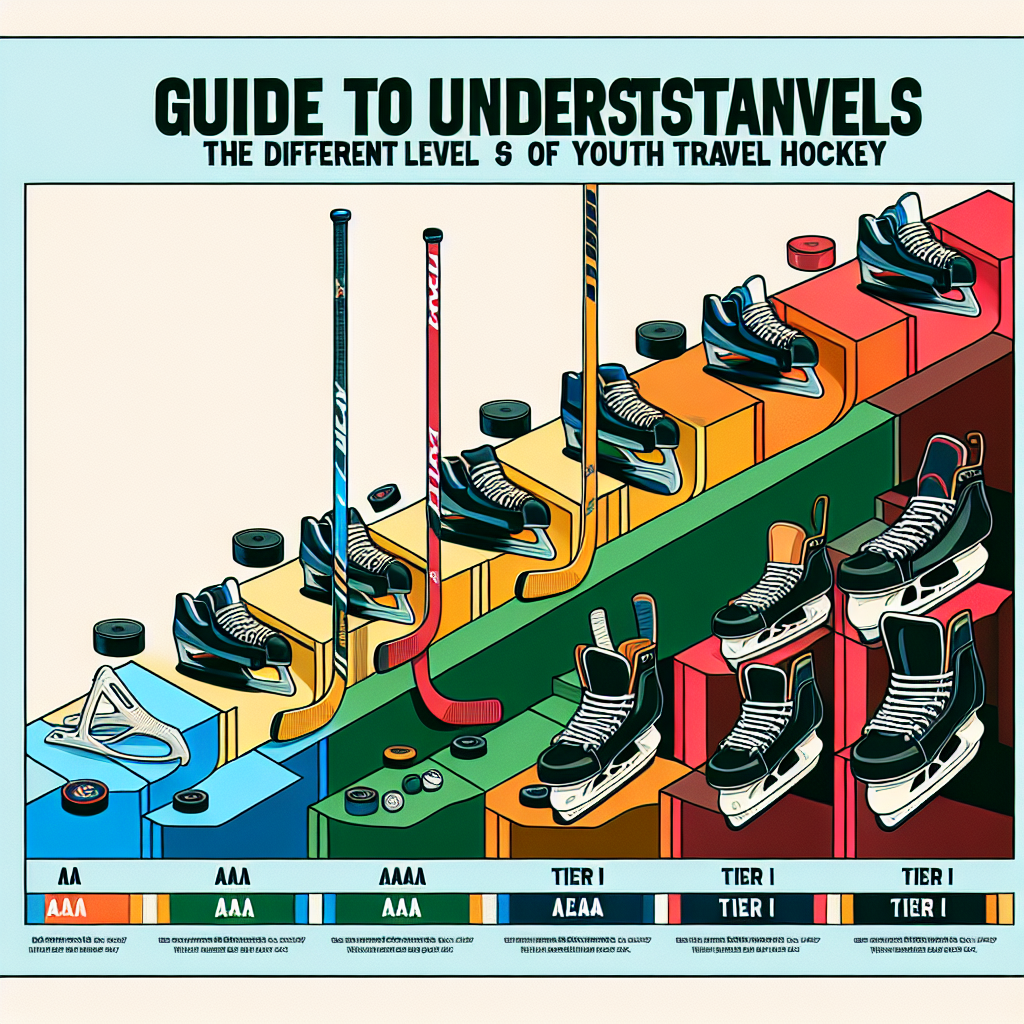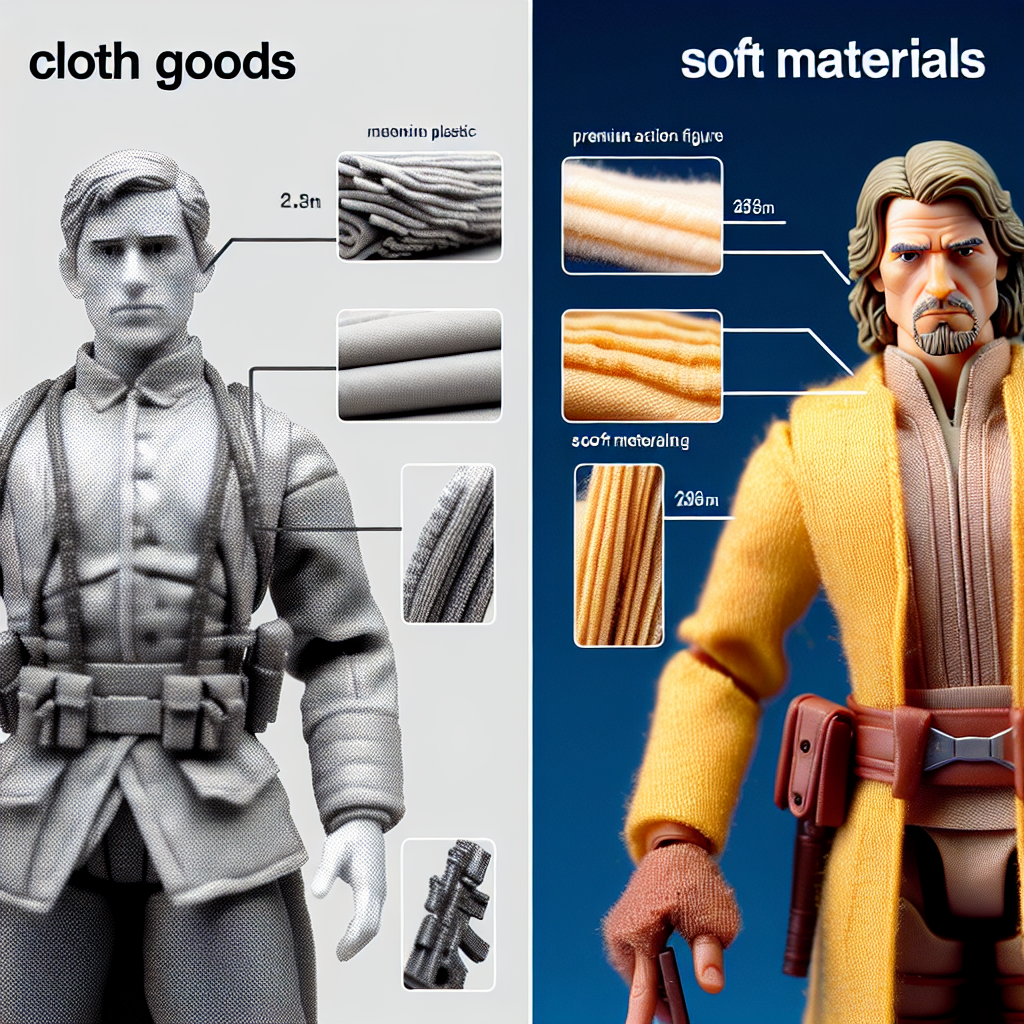Guide to Understanding the Different Levels of Youth Travel Hockey
As a parent or guardian navigating the world of youth travel hockey, understanding the various levels of play can feel overwhelming. This guide will break down hockey classification, focusing specifically on the distinctions between AA, AAA, Tier I, and Tier II levels. Each classification serves a unique purpose in the development of young athletes and offers different experiences based on skill level and commitment. By gaining insight into these classifications, you can make informed decisions about your player’s hockey journey.
What is Hockey Classification?
Hockey classification refers to the different tiers or levels in which youth players are organized based on their skills, experience, and potential. The system helps to create a competitive environment where players can develop their skills while engaging in meaningful competitions. It is crucial to understand these classifications to set realistic expectations for your child’s development in the sport.
Levels of Youth Travel Hockey
AA Hockey
AA hockey is typically one of the more popular classifications among youth players. Teams in the AA classification generally consist of skilled players who have a solid understanding of the game. Here are some key points about AA hockey:
- Skill Level: Players in AA are above-average but not yet at the elite levels. They possess good skating, shooting, and tactical skills.
- Competition: AA leagues provide a competitive atmosphere that allows players to hone their skills through regular practice and games.
- Development Focus: Coaches aim to develop individual skills and prepare players for higher levels, whether it be AAA or local high school teams.
AAA Hockey
AAA hockey represents the highest level of youth travel hockey. This classification is often seen as the pinnacle of youth play, attracting highly skilled players and creating a competitive environment.
- Skill Level: AAA players usually demonstrate exceptional talent and dedication. They are often in the top 10% of youth players in their region.
- Commitment: AAA hockey requires a significant time commitment, often including multiple practices, games, and possibly travel across regions or states.
- Exposure: Players in AAA may have opportunities to be scouted for junior leagues or even collegiate hockey, making this level a vital stepping stone for serious athletes.
Tier I Hockey
Tier I hockey is considered the highest level sanctioned by USA Hockey. It represents a very competitive division with a high focus on player development.
- Eligibility: Players in Tier I leagues must demonstrate advanced skills and commitment. Typically, full-time participation is expected, and the level is often filled by athletes with ambitions to move on to higher levels of competitive hockey.
- Development and Exposure: Tier I teams compete against top-level competition and often participate in showcases to attract scouts from colleges and professional leagues.
- Affiliation: Many Tier I teams are affiliated with professional teams, providing players with unique training and development opportunities.
Tier II Hockey
Tier II hockey is also competitive but may include younger players or those who are still developing their skills. It serves as an excellent stepping-stone for players aiming for higher levels.
- Skill Level: Generally, Tier II players are skilled but may not match the intensity and performance levels seen in Tier I or AAA.
- Focus on Development: Tier II prioritizes player development while still maintaining a competitive environment. It allows players to grow and potentially move up to Tier I or AAA classifications as they improve.
- Regional Competition: Teams typically compete within their regions, making it easier for families to participate without extensive travel commitments.
Choosing the Right Level for Your Player
When deciding which hockey classification is appropriate for your child, consider the following:
- Skill Level: Assess your child’s current skills and how they compare to other players in local leagues. It’s vital that they are challenged but not overwhelmed.
- Long-term Goals: Discuss with your child what they hope to achieve with hockey. If they aspire to play at higher levels, starting at AAA or Tier I may be beneficial.
- Commitment: Understand the time commitments associated with various levels. Higher classifications often require more practices and travel.
Conclusion
Understanding hockey classification in youth travel hockey is essential for any parent looking to help their child succeed and enjoy the game. Each level—AA, AAA, Tier I, and Tier II—carries distinct characteristics, skill levels, and commitments. By considering your child’s skills, aspirations, and availability, you can help them find the right environment to thrive as a young athlete. Remember, what is most important is that your child enjoys playing hockey and continues to develop their passion for the sport.
In the world of hockey, the classification system not only helps organize teams but also promotes healthy competition, personal growth, and lifelong friendships among players. By understanding these different levels, you can guide your child on their unique hockey journey.



